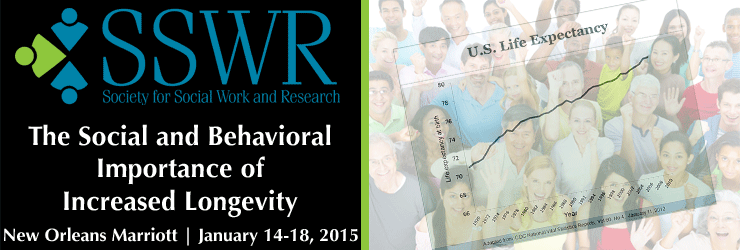Professional Life Satisfaction Among Social Workers: A Management Concern
Methods: This study explored personal and professional variables of actively practicing NASW members by anonymously surveying a probability sample in North Carolina. Three-hundred-eighty-two respondents completed a mailed questionnaire in 2009 that included measures of mental health (e.g., depressive symptoms, burnout, prescription drug use), workload variables (e.g., hours worked per week, on-call days), professional variables (e.g., commitment to the profession, workplace support, discrimination), and personal variables (e.g., personal characteristics and history). The data met the analytic assumptions, and correlations, one-way ANOVAs, and a hierarchical regression analysis were conducted with a 5-item professional life satisfaction scale as the dependent variable.
Results: The sample was demographically comparable to the national population of NASW members. Professional life satisfaction was normally distributed (range=5-25, mean=16, SD=4.4). Nineteen variables from all four categories of variables were related to professional life satisfaction in bivariate analyses. These variables were entered in blocks, and then those variables that were not significantly related to professional life satisfaction were systematically backed out of the analysis. The remaining eight variables explained 53% of the variance (adjusted R2) – commitment to the social worker role (β=.26, p<.001), burnout (β=-.37, p<.001), number of vacation days taken (β=.18, p<.001), reporting a stressful workplace (β=-.17, p<.001), having sufficient material resources to do one’s job (β=.16, p<.001), experiencing discrimination (β=-.15, p<.001), personal income (β=.13, p<.002), and having difficulty asking for help (β=-.09, p<.016).
Implications: The social workers in this sample had varying levels of professional life satisfaction, and a number of variables provided a valuable cross-sectional picture, although determining causality will require future research. For example, it was not the number of hours worked or number of clients seen that was significant, but rather whether the social workers were eligible for and took their vacation days, pointing to an obvious intervention for administrators. Coworker relationships and supportive supervision were not essential to professional life satisfaction, but having the material resources to do one’s job was. In addition, this may be the first study that asked about discrimination and sexual harassment in relationship to professional life satisfaction, and because discrimination was key, and even more influential than personal income, this variable deserves more attention from administrators and researchers. Each variable in this analysis offers an important opportunity for interventions and preventions that could improve the professional quality of life for our social workers, likely leading to better care for their clients and less turnover for their employers.

